The Standard Oil Building
This curved Manhattan building was built to house the opulence of John D. Rockefeller's oil empire.
Number 26, Broadway was once one of Manhattan’s most imposing buildings. It was designed purposely to be so, for this was the headquarters of the infamous Standard Oil Company of John D. Rockefeller.
Located at Bowling Green, its most distinctive feature was a vast sweeping facade that perfectly followed the curve of Broadway itself, and a 480-foot-high pyramid tower that dominated the skyline of Lower Manhattan. Designed to convey the huge power and influence of one of the richest men in the world, the unusual curved building was meant to be visible to all passengers sailing into New York harbour, drawing them into the city.
The original building, constructed in 1885 after Rockefeller moved to New York from Ohio, was considerably smaller. But as Standard Oil grew, the building was gradually added to, most notably between 1921 and 1928 by the architect Thomas Hastings, also responsible for the magnificent Cunard building across the street at number 25.
The Standard Oil building was at the time, one of the largest plots of land privately owned in Manhattan, whilst the giant pyramid was modeled on the Mausoleum at Halicarnassus.
From his imposing headquarters, John D. Rockefeller directed the controversial company that ruthlessly monopolized 90% of the American oil industry. Entering the grandiose arched main entrance, Rockefeller would often tip his hat to the many protestors outside.
The interior was no less opulent, with the main lobby resembling a cathedral’s apse, covered in marble and gilded chandeliers, the doorways enshrined with notable names from the company’s past, the gleaming elevator cars monogramed SO.
The historic decision taken by the Supreme Court in 1911 to break Standard Oil’s monopoly saw Rockefeller’s company split into 34 smaller independent companies, the most notable of which still in existence today are ExxonMobil and Chevron.
Number 26 itself was eventually sold in 1956, and today is little known about compared to such landmark buildings as the Empire State and Chrysler.
Arturo do Modica’s Charging Bull sculpture, located just across the street at the top of Bowling Green, remains one of the most iconic symbols and tourist attractions in the Financial District. But for the early part of the 20th century, the Standard Oil building was the dominating symbol for Manhattan’s wealth and importance, a suitable home for the richest man in the city.
Know Before You Go
You can enter the lobby area, but photos are not allowed (the guard will stop you).





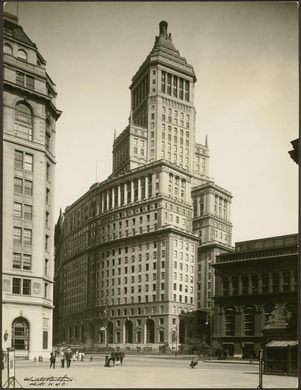











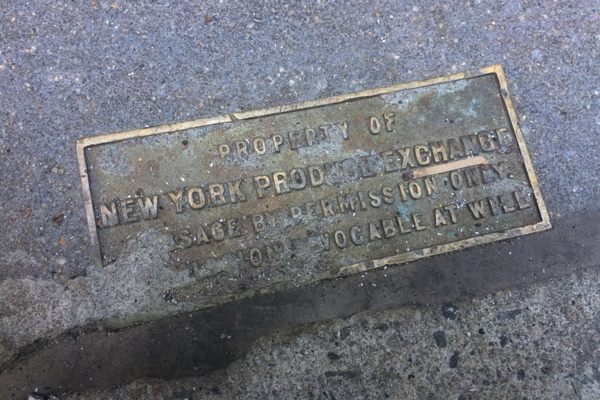

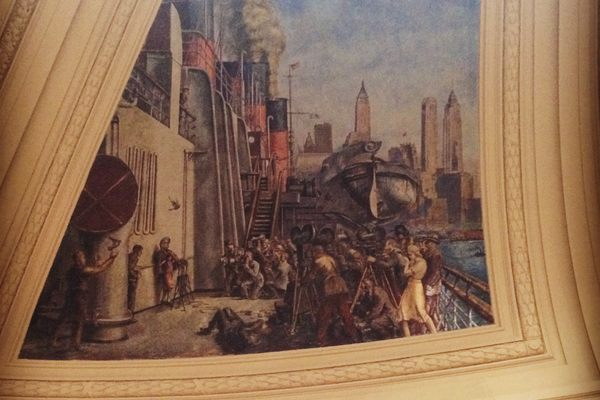
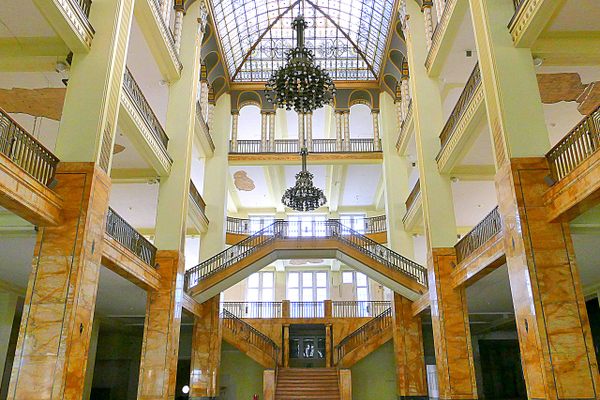

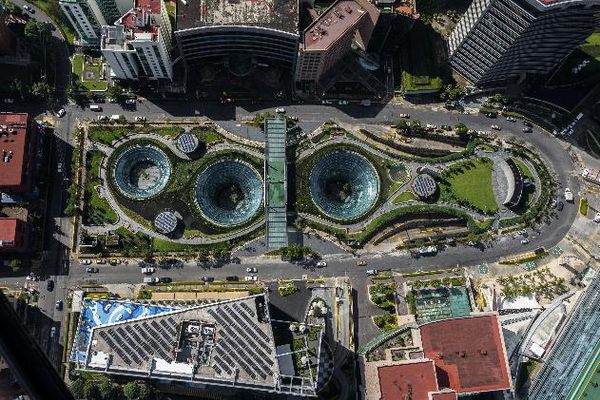
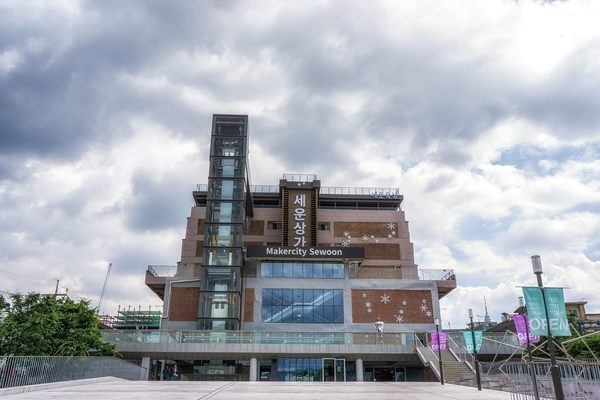

Follow us on Twitter to get the latest on the world's hidden wonders.
Like us on Facebook to get the latest on the world's hidden wonders.
Follow us on Twitter Like us on Facebook